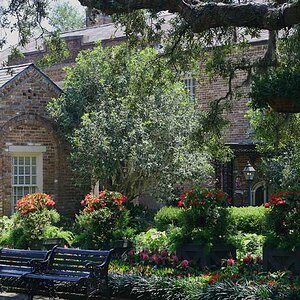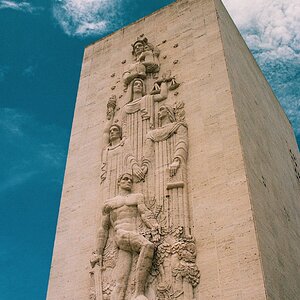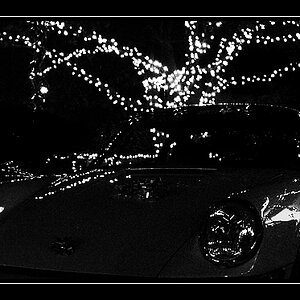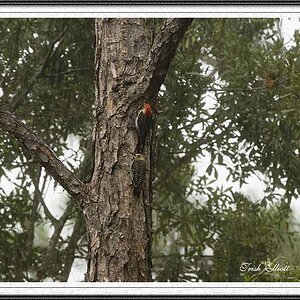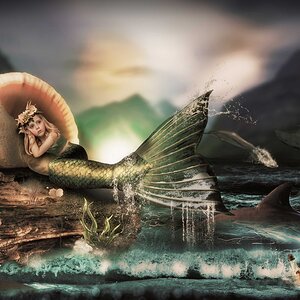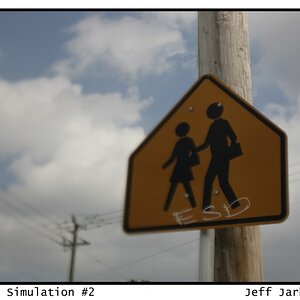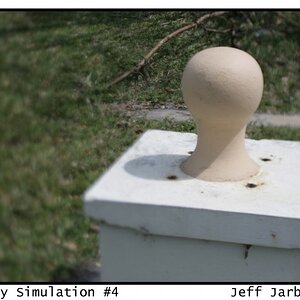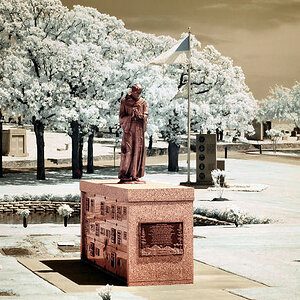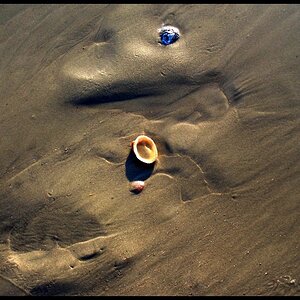thereforeiamx
TPF Noob!
- Joined
- Aug 20, 2007
- Messages
- 134
- Reaction score
- 0
- Location
- nyc<3
- Website
- marieeisley.carbonmade.com
- Can others edit my Photos
- Photos NOT OK to edit
I'm interested in taking photos that capture the splash of a fruit/object into liquid, but for that, I'd need a fast lens. What MAKES a fast lens, and what type of requirements would a camera body need to capture these types of subjects? and what types of flash should I look into?


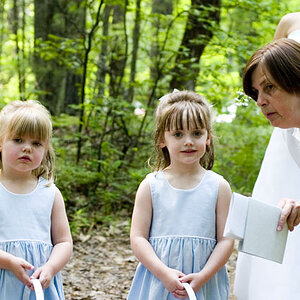
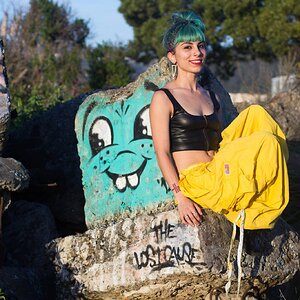
![[No title]](/data/xfmg/thumbnail/40/40285-2ce5915035c220ccb3485030863b62d0.jpg?1619739408)
